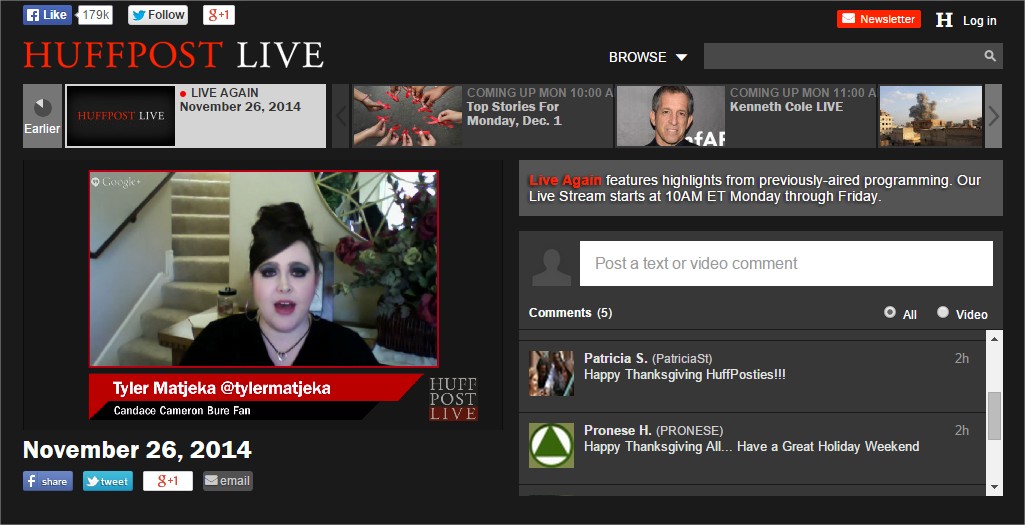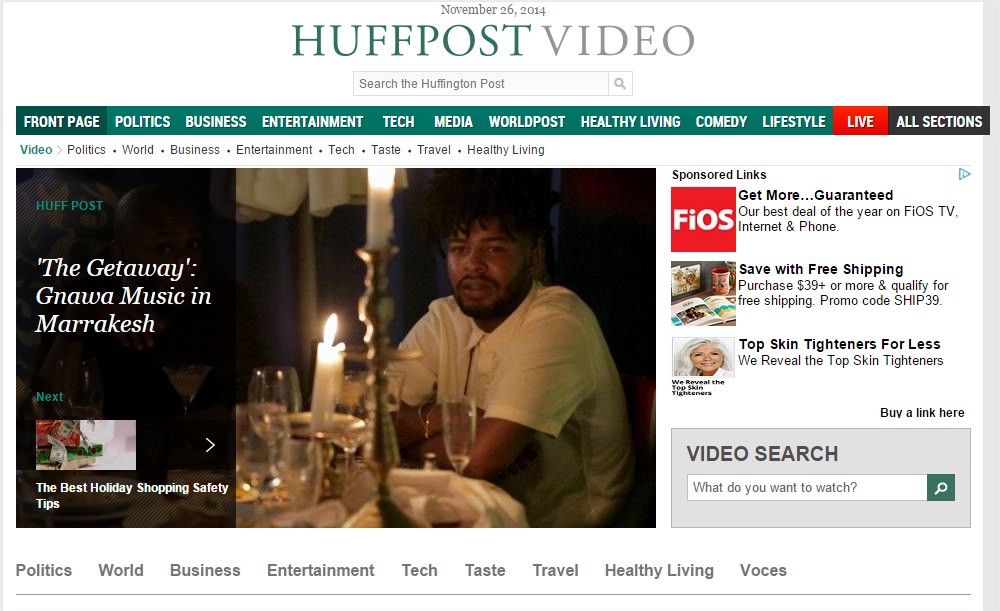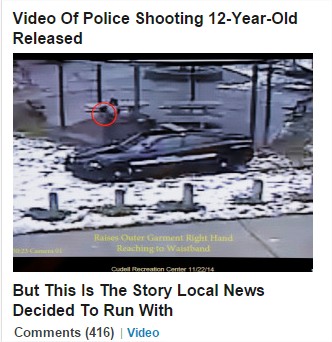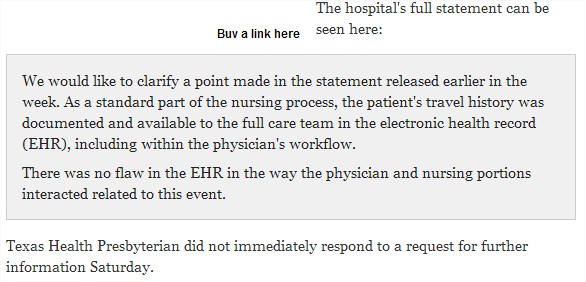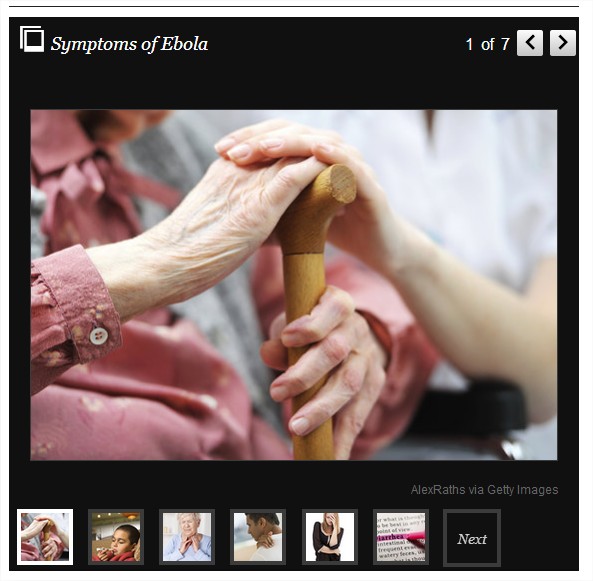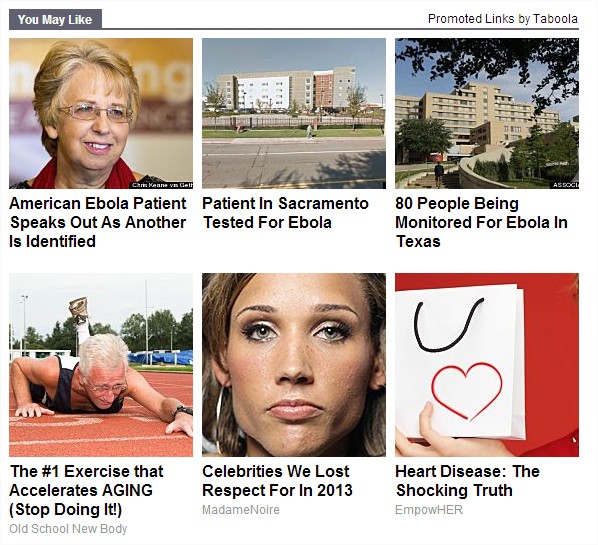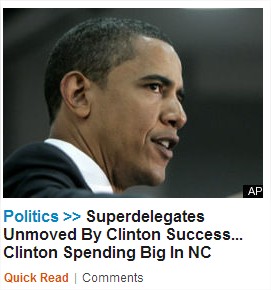By Stephanie Simon, Yuting Yan, and Weiwen Zhao
Everyone by now is aware that the expansion of the Massachusetts Bottle Bill didn’t pass in the November election. And like with all things, there are two sides to every story. The Vote Yes on 2 Campaign blames the lack of funding for their loss, and the Vote No on 2 Campaign says their win was a demonstration of voters’ choice.
“The Bottle Bill would have added $68 million a year to the cost of groceries and there would’ve been a tremendous overhead cost on grocers that would have trickled down to the consumers,” said Nicole Giambusso, spokesperson for No On Question 2.
Giambusso listed this statistics as one of the many reasons voters decided to turn down the proposed addition of water, ice tea, and sport drink bottles to the already existing bill.
Andrew Fish, the Program Associate at MASSPIRG and campaign organizer for Yes on 2, says that the $68 million dollar grocery cost claim is simply not true.
“What we know for sure, and this is based on the Department of Environment Protection Studies, communities would have saved up to $7 million in disposal and liter clean up costs,” said Fish.
Fish says he believes the reason the No Campaign was successful was due to the massive funding from big bottle companies.
“Bottle companies did contribute to our campaign,” said Giambusso. “Every penny in and out was exposed publicly and can be found on our website.”
While you can easily find the list of campaign contributors, Katya Johns, the digital marketing strategist for Vote Yes On 2 said that these big bottle companies came out with big donations (No Campaign had $9 million in funding) because they were set to lose money if the bill was expanded.
“Bottle companies believed that a five cent increase on every bottle sold would reduce sales. It’s a false fact because other states where the bill is already implemented haven’t suffered any sale reductions,” said Johns. “Also the companies pay to take the bottles to the dispensers so with the bottles being more expensive and the potential decline of sales they feared losing money.”
Giambusso claimed however that the No side’s intentions were to focus on the environment saying that the Bottle Bill would only have increased recycling by 1/8 percent and would’ve cost a lot without doing much.
Claims like Giambusso’s were wrong and during the election the Boston Globe started endorsing the Yes Campaign because of it. The No Campaign said that 90 percent of Massachusetts had curbside recycling when really it’s only 64 percent.
“When it comes down to it I don’t understand what they had to gain,” Johns said. “Their potential losses didn’t justify all that spending. They seemed to be misinformed.”
Fish’s team is currently looking at options to keep pushing for an updated bottle bill, but there is no specific proposal at this time. Fish says their loss in November was because the campaign couldn’t match the No Campaign’s funding dollar for dollar.
“The vote on the Bottle Bill shows that if you yell something loud enough people start to believe you,” Fish said.
